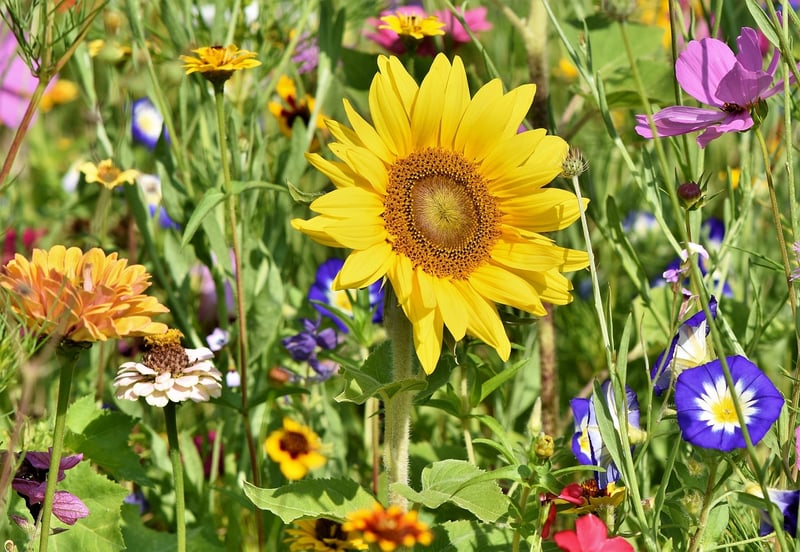Pruning Techniques
Keeping Your Garden Healthy: Essential Pruning Techniques
Having a healthy garden not only enhances the beauty of your outdoor space but also promotes plant growth and longevity. One crucial aspect of garden maintenance is proper pruning. By employing the right techniques, you can ensure that your plants thrive and flourish. Let's explore some essential pruning practices that will help you keep your garden in top shape.
1. Understand the Basics
Before you start pruning, it's essential to understand the basics. Different plants require different pruning methods, so familiarize yourself with the specific needs of each species in your garden. Research the optimal time for pruning and the tools required for the job.
2. Remove Dead or Diseased Branches
Dead or diseased branches not only detract from the aesthetic appeal of your garden but can also spread infections to healthy plants. Regularly inspect your plants and trees for any signs of damage and promptly remove affected branches to prevent further issues.
3. Promote Air Circulation
Proper air circulation is vital for plant health. By pruning to open up the canopy of trees and shrubs, you allow air and sunlight to reach all parts of the plant. This reduces the risk of fungal diseases and promotes overall growth.
4. Shape and Control Growth
Pruning can help shape your plants and control their growth. By selectively removing branches, you can direct growth patterns, encourage fuller foliage, and maintain the desired size and shape of your plants. This is particularly important for hedges and topiaries.
5. Timing is Key
Timing plays a crucial role in successful pruning. While some plants are best pruned in late winter or early spring, others benefit from pruning after flowering. Research the specific timing requirements for each plant in your garden to ensure optimal results.
6. Use the Right Tools
Having the right tools for the job is essential for effective pruning. Invest in high-quality pruning shears, loppers, and saws to make clean cuts without causing damage to the plant. Keep your tools sharp and clean for optimal performance.
Conclusion
Pruning is an essential practice for maintaining a healthy and thriving garden. By understanding the needs of your plants, employing the right techniques, and following proper timing, you can promote plant growth, enhance aesthetics, and prevent diseases. Regular pruning will not only keep your garden looking beautiful but also ensure the long-term health of your plants.
Remember, each plant is unique, so take the time to research and tailor your pruning approach to suit the specific requirements of your garden. With care and attention to detail, your garden will flourish and bring you joy throughout the seasons.

For more tips on gardening and plant care, check out Royal Horticultural Society.
